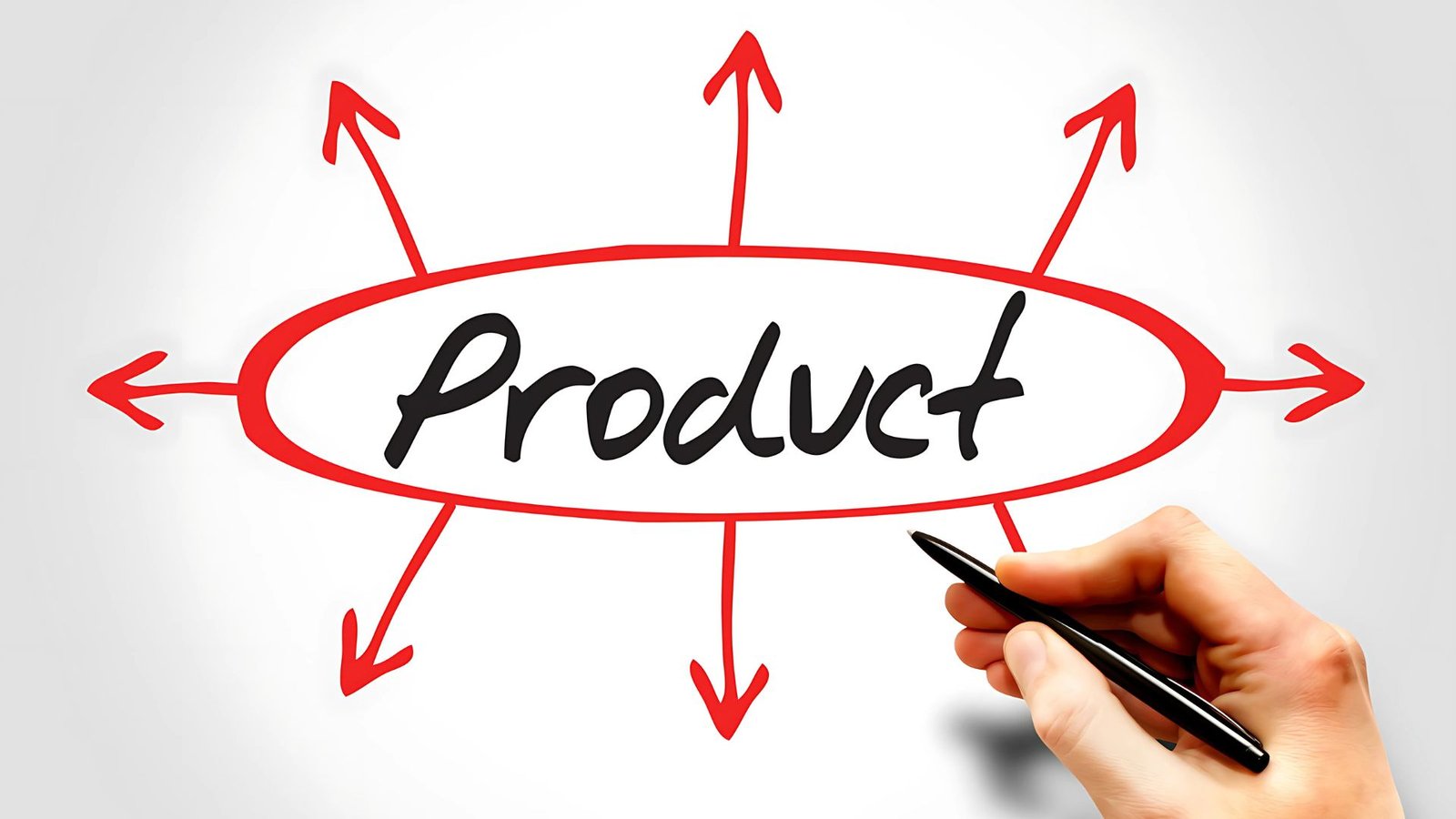
AI-First Strategies: How Product Management is Changing in 2025
AI-First Strategies: How Product Management is Evolving in 2025
How we create products is evolving rapidly. AI is not a tool, it's becoming the building block on which companies build innovation, make choices, and remain competitive. Product managers who fail to adopt an AI-first approach by 2025 risk becoming obsolete.
So, what is "AI-first" and how can you do it without losing the human touch that makes products so great?
Let’s break it down.
Why AI-First Isn't Just Another Buzzword
Remember how "mobile-first" was all the rage? Those who fell behind and couldn't keep pace were rewarded with penalties. Same today with AI.
Except this time, AI is not just a platform shift but is reshaping how things come to be conceived, produced, and repaired.
Faster iteration: AI-strengthened analytics enable it to predict user behavior before a feature is shipped.
Hyper-personalization: Say goodbye to broad sweeps of user buckets; hello to real-time personalization by AI.
Automated decision-making: Routine PM tasks (prioritizing backlog, A/B testing) are left to AI so that strategy time is free.
Here's the catch though: AI is not making product managers obsolete. It's transforming them.
3 Ways AI is Revolutionizing Product Management
1. AI as a Co-Pilot (Not the Pilot)
AI is being used by top-product teams to enhance judgment, not replace it.
Example: Instead of an educated guess at what customers will require AI mines behavior data for high-impact recommendations. But the PM has the last say on what is best for the company vision.
Risk: Blindly following AI recommendations can lead to short-term optimizations but at the cost of long-term vision.
2. Real-Time Product Optimization
Preparing for quarterly reviews to make mid-course adjustments is history.
Example: AI identifies a drop in user engagement and suggests micro-changes (e.g., tweaking onboarding flows) before the problem gets more out of hand.
Challenge: There must be a balance between automation and human vetting to avoid "optimizing" away creativity.
3. Predictive, Not Reactive, User Insights
Traditional user research (surveys, interviews) will always have a place, but AI fills out the gaps.
Example: Sentiment analysis software read social media and support tickets and detect frustration patterns before they blow up.
Watch Out: Excessive reliance on AI misses hidden emotional cues only humans pick up.
The Human Edge in an AI-World
AI is powerful, yet not intuitive, empathetic, or visionary. Great product leaders in 2025 will:
1. Ask "Why?" More Than "What?"
AI tells you what users do; humans conclude why.
2. Save the Product's Soul
The recommendation algorithm of Netflix is AI-based, but content strategy is human.
3. Scale Empathy with AI
AI can make experiences personal but cannot fake having actual emotional connection.
How to Begin Transitioning to AI-First (Without Losing Your Edge)
Upskill Strategically
Learn about how AI models operate (you don't have to code but know their limitations).
Experiment with PM tools with AI (e.g., Amplitude, Pendo, custom GPTs for user research).
Balance Data with Instinct
If AI recommends a change that doesn't feel right, drill deeper.
Stay Close to Users
AI can never substitute for face-to-face conversation. Continue to engage with customers.
AI-first does not mean "AI-only." Successful product teams in 2025 will be those that leverage AI to move faster without losing human judgment as the guiding force.
The decision isn't whether to adopt AI it's how to do so without losing what makes your product (and your leadership) most human.
What's your take? Are you already integrating AI into your product plan, or do you move cautiously, steering clear of over-reliance on it? Let's discuss in the comments.
Grow your online course business—without the tech headaches.
Skill Bloomer gives educators, coaches, and trainers an all-in-one, code-free platform to create, launch, and scale with ease. No confusion. No barriers. Just a smooth, stress-free path to teaching more, reaching more, and making a bigger impact.
